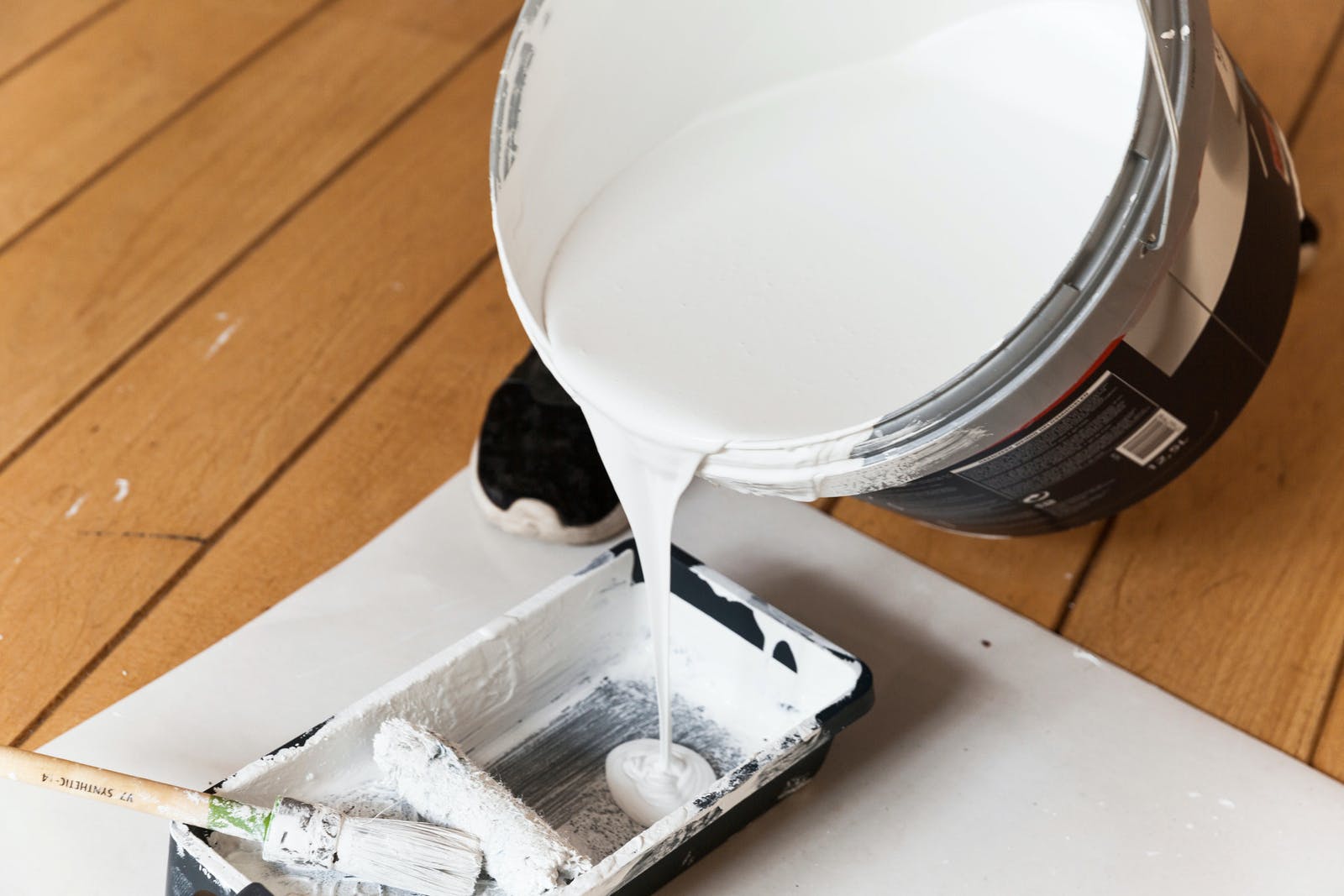Primer is a crucial part you should never skip if you want your paint to stay stronger and longer. Learn about the different types of primer paint to know which one is the best type for the things you’ll paint.
Various Types and Functions of Primer Paint
Primer helps the paint adhere to surfaces you’ll paint. It also helps prevent any cracking and chipping. Using primer will make paint looks more even. It also prevents stains, you can clean the surface easily.
With no primer, the surface you paint will keep soaking the paint. This makes you add more layers to the surface. Since primer is extremely important, there are some types of it you need to know.
1. Alkyd primer

Alkyd primer is also known as the oil based primer. This primer is perfect for exterior and interior application. You can use this primer mainly for the woodwork.
You can apply this alkyd primer to your dry wood, painted wood, new wood, and the other wood works. You can also use this primer on the metal surfaces.
If you are looking for a primer to use with the latex and oil based paints, this oil based primer is the right option. This one is what you want to prevent the stains from showing through the new paint coats.
Unfortunately, this kind of primer dries very slowly. It requires a day or more to dry. It also releases the volatile organic compounds in high amounts which is dangerous for people for the prolonged exposure.
2. Acrylic primer
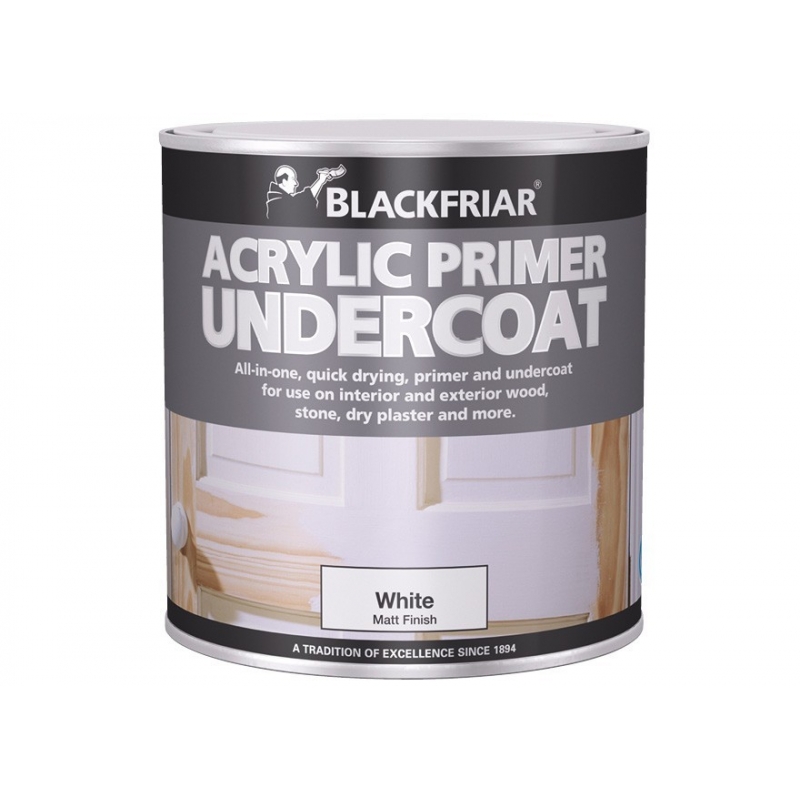
Then there is the second types of primer paint named acrylic primer that is also known as latex primer. This primer is also a nice option for your exterior and interior painting projects.
You can apply this primer on many surfaces including plaster, drywall, masonry, painted metal, and woodwork. The acrylic primer is a water based primer that can dry faster than alkyd primer.
This primer is also more flexible, less brittle, and more water soluble compared to the first primer type above. This primer also contains low and even no volatile organic compounds.
Before you start applying this primer, you need to try this primer first in the smaller area in order to see if it raises the grain. Then apply it on your exterior and interior surfaces in order to see how they look.
3. Shellac primer
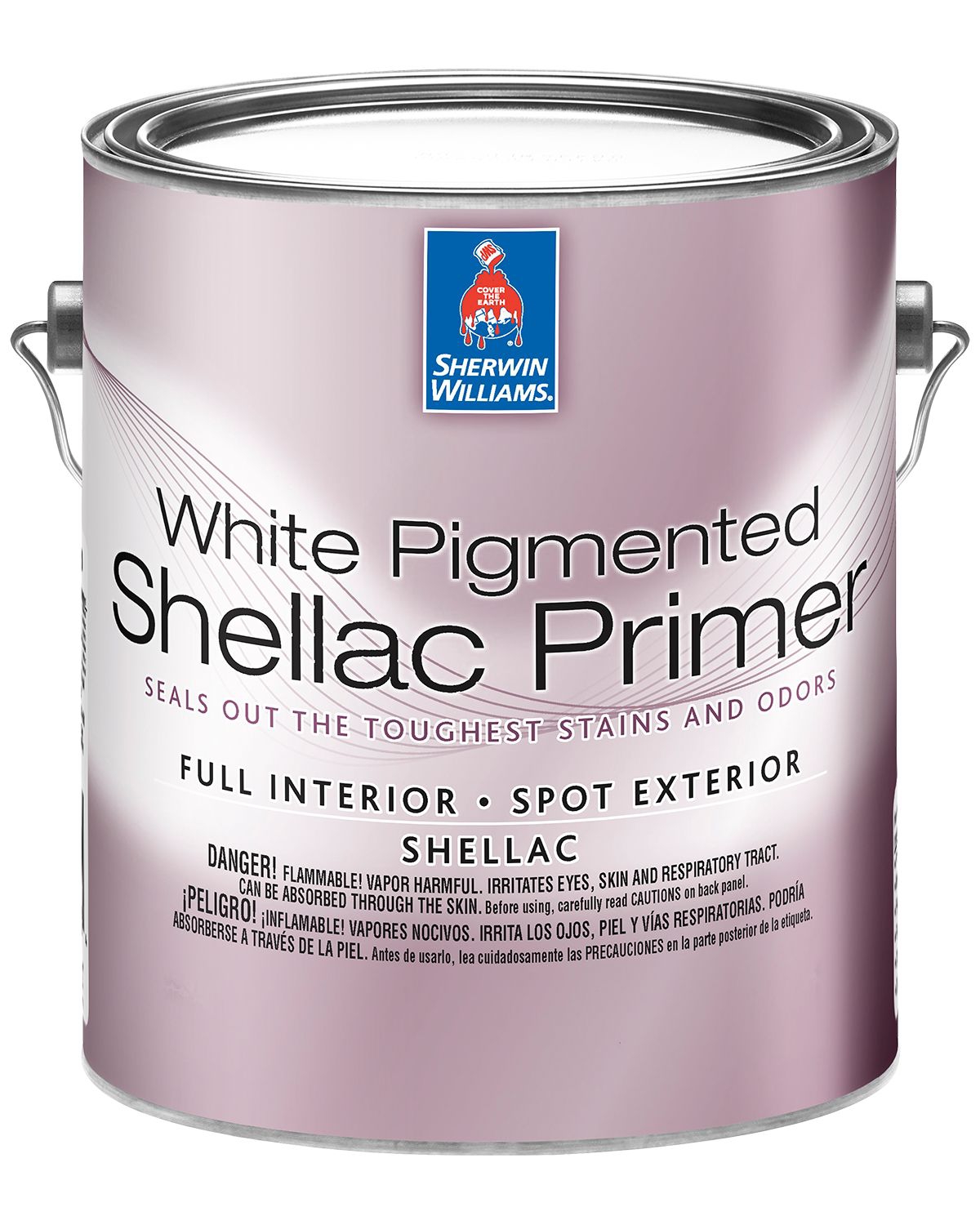
If you need a primer that can help you block the stains, this shellac primer is what you need. The third primer type here will work well where there’ll be severe smoke and water damage.
Shellac primer can be applied to so many materials, including plaster, metal, wood, plastic, and many other types of surface. This primer is extremely adhesive and will dry very quickly.
You can use the shellac primer along with the latex paint and oil paint. Unfortunately, shellac primer is less versatile than oil based and latex primers.
If you have not much time to wait for the primer to dry, use this shellac primer that will dry only in an hour or even less than an hour.
Select the Best Primer for Different Projects
Since primer will help you get the uniform paint finish and improve the topcoat adhesion in order to make the paint looks better and lasts longer, you need to use the right primer for the right object.
If you can find the right primer for the object you’ll paint, the primer will work properly in blocking water, tannin, and smoke and grease stains that may bleed through the topcoat.
1. Best types of primer paint for new wood

If you are looking for primer for the unstained wood, you need to consider using the high quality acrylic primer or latex primer. However, the oil based primer or alkyd primer can also be used.
But if your new wood is stained or you will paint the cedar wood or redwood, you need to use the primer that can block the stains in a much better way like the shellac primer.
2. The right primer for your painted wood
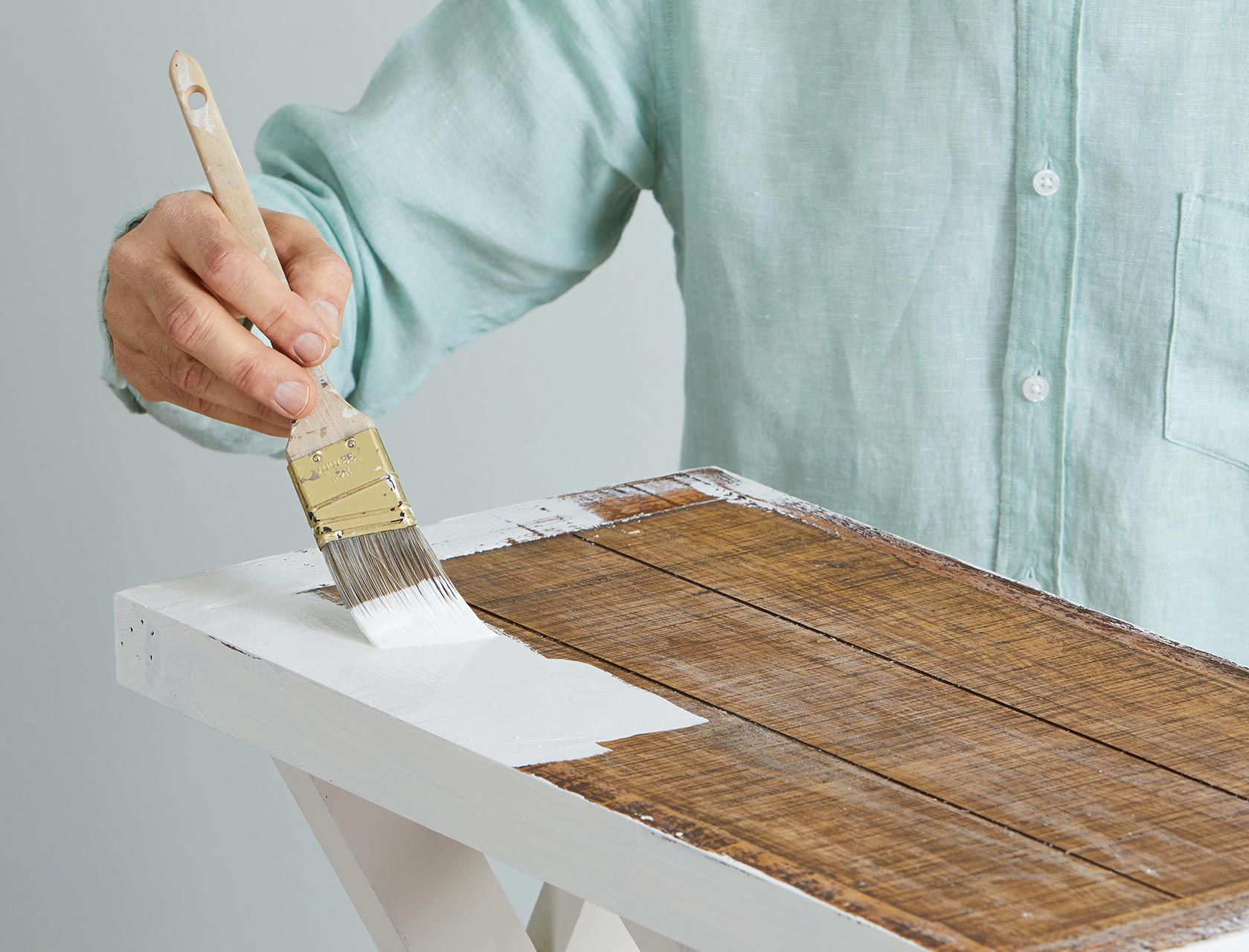
If the wooden surface you’ll paint has an extremely good paint condition, you don’t need to use any primer. But if you have the exposed wood, chipped or chalking paint, consider using alkyd primer.
But before you start priming, make sure you scrape away the chipped paint. And don’t forget to wash off the chalk. Using primer doesn’t mean the surface preparation can be skipped.
3. Priming the weathered wood and masonry block

Weathered wood needs help from the high quality oil based primer or water based primer. Make sure you sand the paint and scrape it away before you start applying the primer.
You can start applying the primer if you can start the new fibers of wood start appearing. Before priming the masonry block, make sure you use block filler to fill the fresh surface.
If you will repaint the masonry block, always scrape off the peeling or loosing paint then cover it using the latex paint. Use the block filler if you’re done scraping off the masonry block.
4. Priming your galvanized steel and aluminum
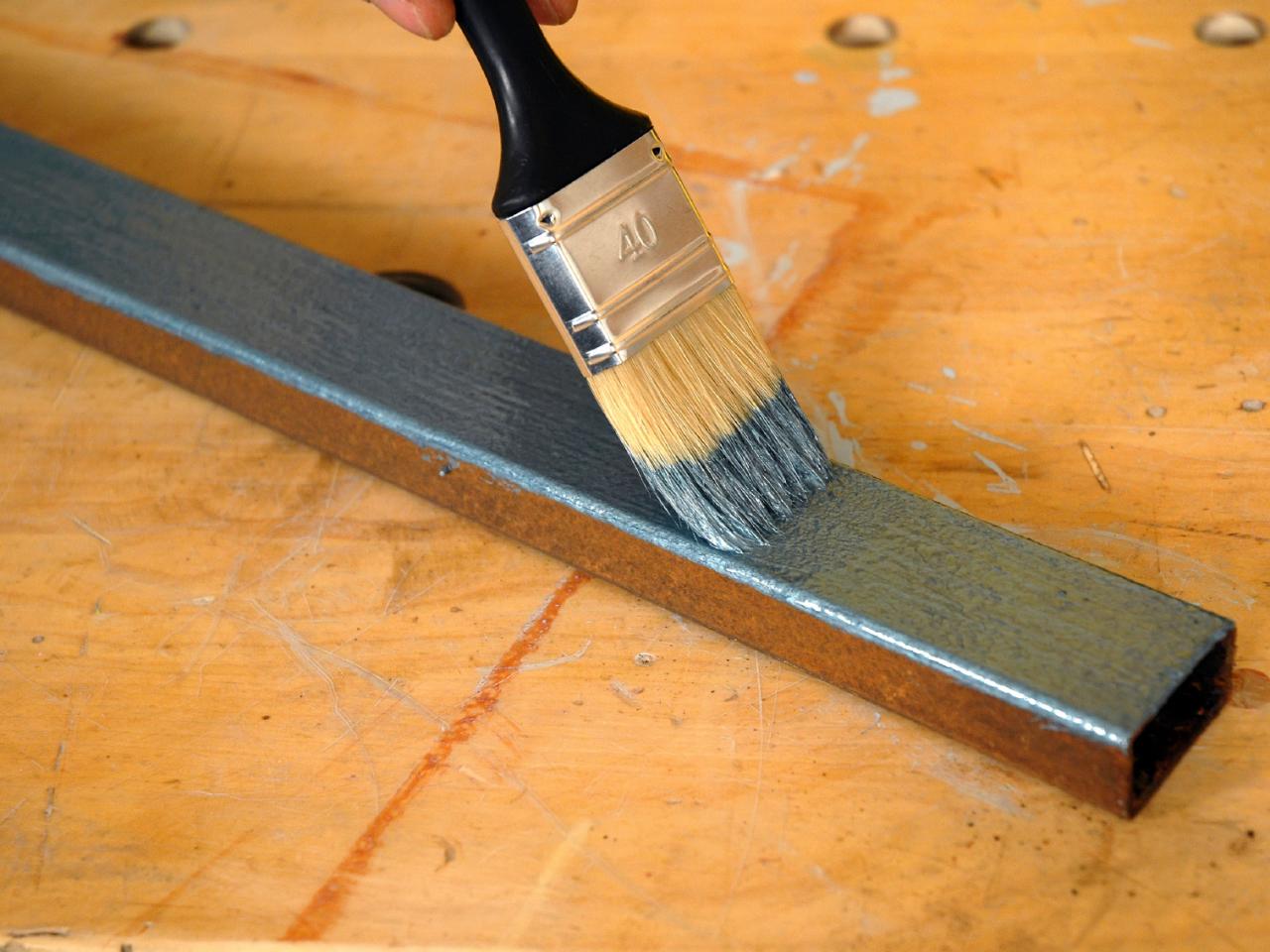
If you are about to prime the rusty surface, you must first remove the entire rusts. Then apply the oil based primer or latex primer that is resistant to corrosion.
If the surface of galvanized steel and aluminum is rust free and still new, apply the high quality latex paint immediately without applying any primer.
5. Priming the drywall
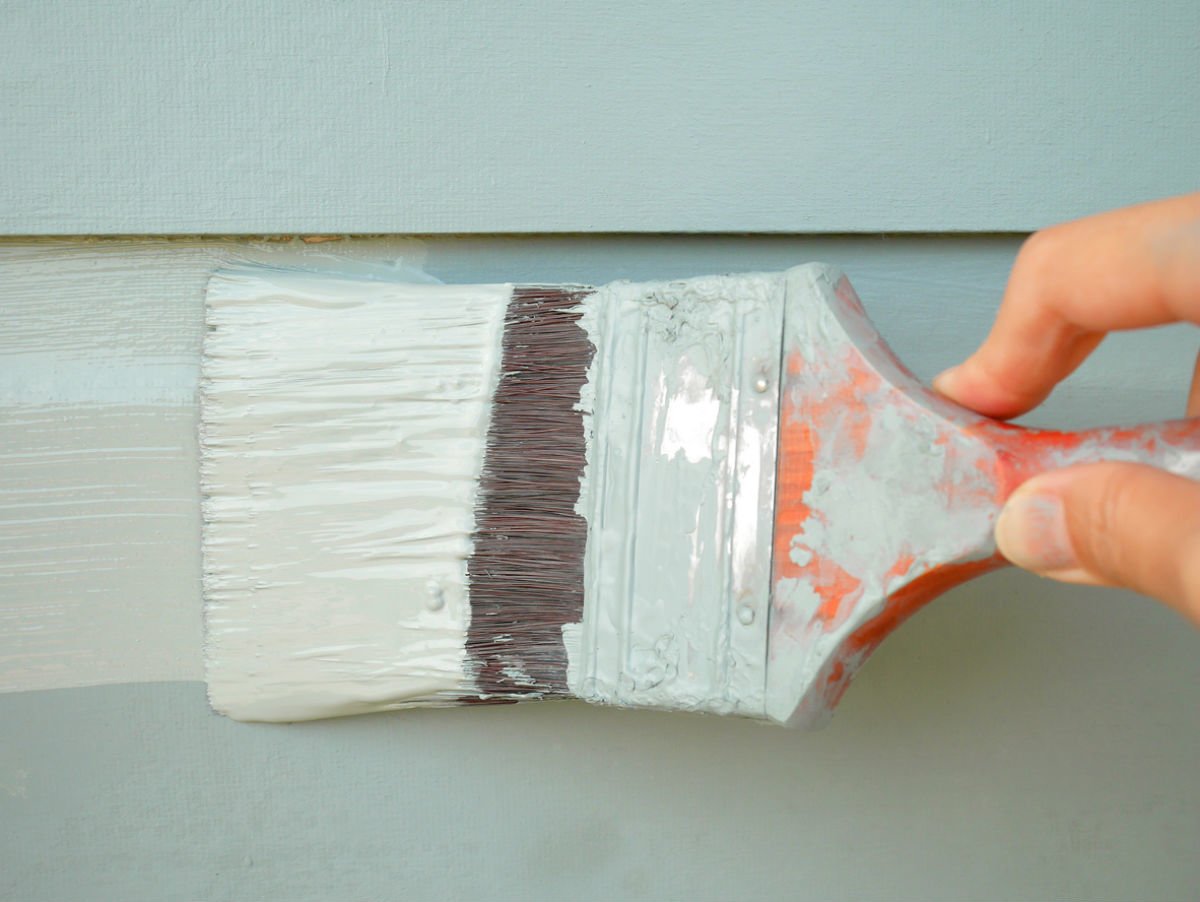
Latex primer is always the best primer for drywall. Avoid using any oil based primer unless you want to cover your drywall with wallpaper. Oil based primer can also be used if you want to cover the stains.
Alkyd primers will raise your drywall’s grain. This makes the finish of your drywall look uneven.
6. Best types of primer paint to block stains

Grease, smoke, water, and crayons will bleed through your topcoat. Always prime those areas with the stain killing or stain blocking primer. The best primer to block the stain varies.
Use the oil based stain blocking primer for the spot priming project and to block the water stains. Use the latex stain killing primer to cover the exterior surfaces and the large areas.
